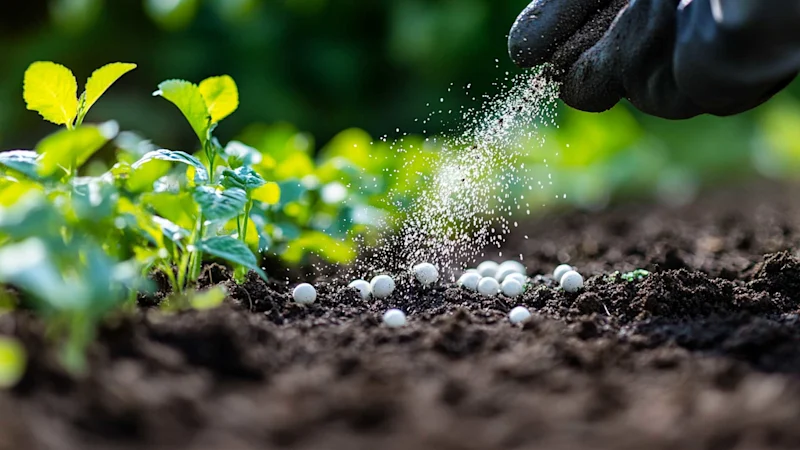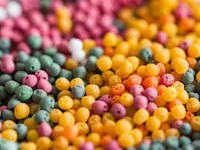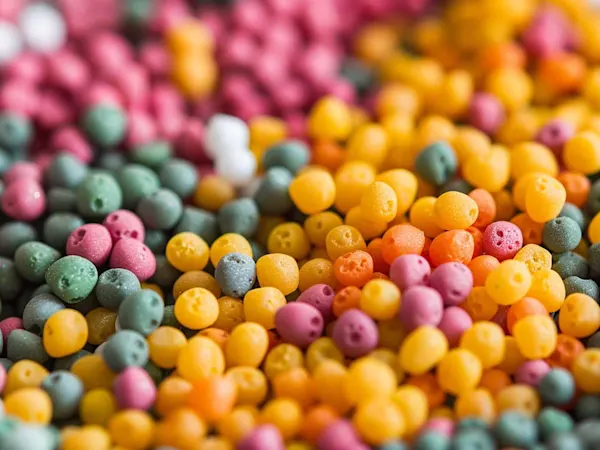
EU Adopts New Biodegradability Criteria for EU Fertilising Products
The new regulations require that polymers in EU fertilising products, like coating agents and mulch films, must be natural and unmodified or meet biodegradability standards.


The European Commission adopted Regulation (EU) 2024/2770, amending the existing EU Regulation 2019/1009. This amendment mandates stricter biodegradability criteria for coating agents and water retention polymers used in fertilisers, with the goal of reducing environmental impact. Effective from October 2028, the regulation aims to prevent polymer accumulation in soil and aquatic systems.
The 2024/2770 amendment requires that polymers in EU fertilising products demonstrate significant biodegradability across both soil and aquatic environments. These polymers, commonly used to control nutrient release and enhance water retention, must now meet a 90% degradation rate within 48 months in soil, post their effective period. This criterion aligns with broader EU environmental strategies, including the "Farm to Fork" initiative, which seeks to halve nutrient losses by 2030.
Under the new regulation, polymers’ biodegradability must be tested using recognised standards such as ISO 17556:2019 and ASTM D5988-96:2018 for soil environments. To streamline testing, accelerated methods at temperatures up to 37°C are permitted under certain conditions, potentially reducing the testing period for compliance by simulating higher temperature environments.
To mitigate polymer runoff into water bodies, the regulation sets a 12-month degradation benchmark for aquatic conditions, ensuring a minimum degradation of 25% to 43.8%, depending on the polymer's functionality period. The European Commission anticipates further degradation beyond this period, projecting an eventual 90% degradation within 48 months. Products containing these polymers must display clear labelling advising users to avoid application near water bodies and maintain a minimum three-metre buffer zone.
In line with the REACH regulation, the amendment limits the market availability of non-biodegradable synthetic polymers, which are widely viewed as potential hazards to both soil and aquatic health. The new criteria, however, exempt polymers that naturally degrade or dissolve effectively, preventing negative impacts on soil fertility or nutrient availability.
This updated regulation reflects the EU's continued commitment to sustainable agricultural practices by introducing stringent biodegradability standards. These changes, effective by 2028, not only aim to limit environmental pollution from fertiliser polymers but also reinforce the EU’s goal of creating a greener, more resilient agricultural sector.
Foresight continuously tracks 1000s of sources and maps updates to your portfolio:




The new regulations require that polymers in EU fertilising products, like coating agents and mulch films, must be natural and unmodified or meet biodegradability standards.

The regulation stipulates that these new criteria will come into effect from 17 October 2028.

The European Parliamentary Research Service (EPRS) reveals the current state of play of the strategy in a recent report.
Subscribe to Foresight Weekly and get the latest insights on regulatory changes affecting chemical compliance.
Free forever. Unsubscribe anytime.
Read by professionals at